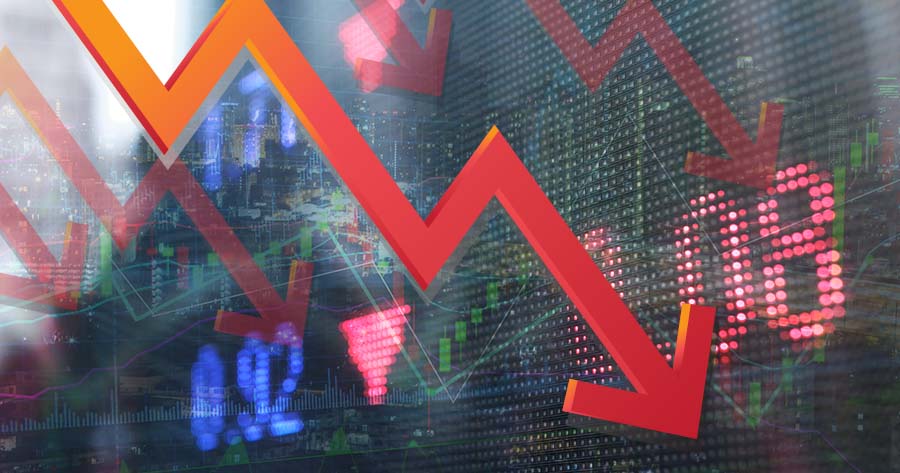The World Bank has cut its global growth forecast for 2022 and 2023, expecting the economy to slow down to 4.1% in 2022, down from a 4.3% growth projected in 2021, reflecting continued COVID-19 flare-ups, diminished fiscal support, and lingering supply bottlenecks.
Meanwhile, economic growth in 2021 is expected to grow 5.5%, down from 5.7% in the previous forecast
The World Bank said that a spike in inflation, debt and income inequality could jeopardize the economic recovery in emerging and developing countries.
Along with the slash in global growth, advanced economies like the United States, are also being cut in the new projection from the World Bank as well. The U.S. sees a cut by 1.2 and 0.5 percentage points (pp) for its 2021 and 2022 growth to 5.6% and 3.7%, respectively.
Euro area is seen an increase in 2021 projection to 5.2%, but 2022 growth is cut by 0.2 pp to 4.2%. Growth in China has been cut by 0.5 and 0.3 pp for 2021 and 2022 to 8.0% and 5.1%. Additionally, Japan also sees a huge cut by 1.2 pp in 2021 and 0.3 pp in 2022 to 1.7% and 2.9%, respectively.
Moreover, the World Bank warned that continued supply strains could lead to additional disruptions to international trade and contribute to further inflation surprises, increasing the risk that inflation expectations become de- anchored. Increases in private as well as public debt to unprecedented levels have left many EMDEs vulnerable to financial stress. Climate-related disasters such as floods, droughts, and heatwaves could also substantially weigh on activity. As EMDEs have limited policy space to provide additional support if needed, these downside risks heighten the possibility of a hard landing—a much sharper slowdown in growth than currently envisioned.





